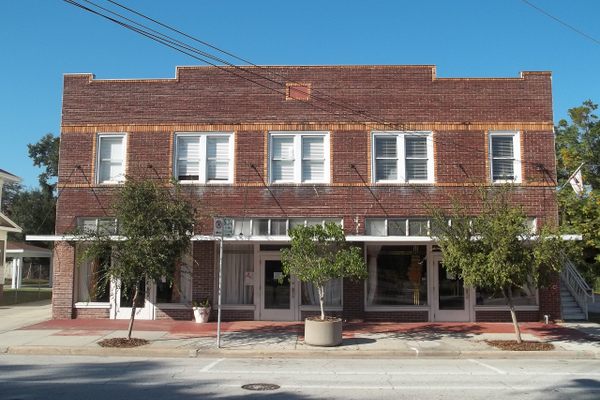Harriet Tubman Underground Railroad National Historic Park
The grounds of former plantations where abolitionist Harriet Tubman spent her youth enslaved are now a museum to her incredible life.
Born into slavery in approximately 1822 and originally named Araminta Ross, Harriet Tubman was raised on plantations in Dorchester County, Maryland. A rebellious child, Tubman began teaching herself from a young age how to resist her master’s orders and how to better endure their punishments, such as wearing multiple layers of clothing to soften the beatings she received.
In September of 1849, Harriet and two of her brothers ran away but quickly had second thoughts and returned. Shortly afterward, however, Harriet escaped again, this time alone. She made her way from the eastern shore of Maryland up to Philadelphia using the network of free Blacks, white abolitionists, and sympathetic Quakers known as the Underground Railroad. In the spring of 1851, she returned to Maryland and guided three men, including one of her brothers, north to freedom. This was the first of at least 13 trips she made back to the plantations of Maryland, leading an estimated 70 enslaved people out of the South and earning her the nickname “Moses.”
During the Civil War, Harriet Tubman worked with the Union army as both a scout and a nurse and was integral to the success of the Combahee River Raid in South Carolina in which the Union steamships sneaked past Confederate lines, razed several rice plantations, and rescued over 750 slaves.
After the war, Tubman moved to Auburn, New York. She spent much of her later life in near-poverty, spending everything she earned to help house former slaves and others who needed help. In addition, she supported the cause of women’s suffrage, periodically traveling to New York City, Boston, and Washington, D.C., to give speeches at suffragist meetings. Despite her efforts during the Civil War, Tubman was denied a military pension until 1899 when Congress finally passed and President McKinley signed a bill granting Harriet Tubman a monthly pension of $20 for her work as a nurse. She died of pneumonia in 1913 at an estimated age of 91 and was buried with military honors.
Workers broke ground on construction of the Harriet Tubman Underground Railroad National Historic Park on March 10, 2013, on the 100th anniversary of Tubman’s death. The site was officially opened to the public four years later, in March 2017. The site tells the story and honors the achievements of Harriet Tubman’s life, including honors to come. In 2016, the U.S. Treasury Department announced that Harriet Tubman would become the face of the $20 bill. (The new currency is currently scheduled to roll out in 2030.)

















Follow us on Twitter to get the latest on the world's hidden wonders.
Like us on Facebook to get the latest on the world's hidden wonders.
Follow us on Twitter Like us on Facebook